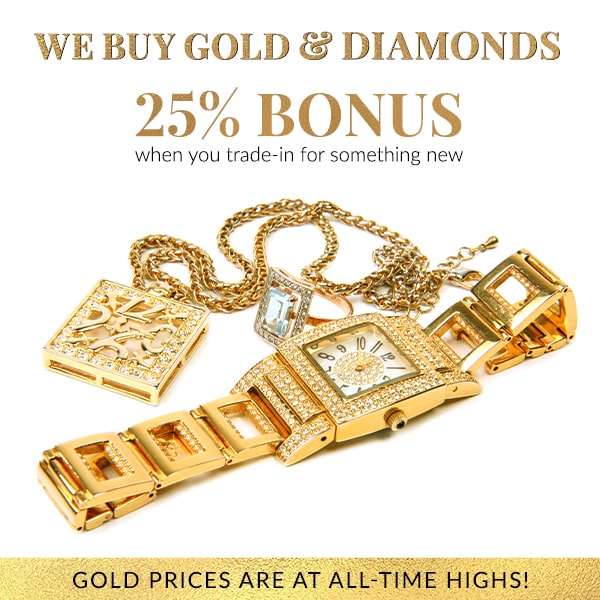Gold has been a prized asset for centuries, and its impact on the jewelry market is substantial. The appetite for gold adornments often reflects the price of the metal. As more people acquire gold for multiple reasons, including financial security and decoration, changes in gold valuation trends can impact how pieces is priced. Retailers must adjust their strategies based on these variations to remain viable. Understanding these market forces helps consumers make educated decisions when purchasing gold jewelry.
One key factor in the evolving pricing trends of jewelry is the influence of precious metal purchasers. These individuals and companies procure gold from sellers, which can include both individual sellers and commercial entities. When there is high demand from gold buyers, it can lead to an rise in the cost of gold. This upsurge impacts jewelers, who may have to raise their prices to offset the higher costs of acquiring gold. Therefore, the decisions of purchasing agents directly influence how much consumers spend for their jewelry.

Beyond demand from buyers, the global market also influences gold prices. Factors such as economic stability, exchange rates, Related Site and international trade agreements can cause fluctuations in the price of gold. For example, during times of economic uncertainty, more people may choose to view it buy gold as a secure asset. This increase in demand can lead to rising costs for unrefined gold, which in turn elevates prices for crafted pieces. Retailers must monitor carefully these international patterns to strategically set their pricing.
Additionally, buyer tastes play a crucial role in influencing price movements in jewelry. As design trends evolve and new collections surface, buyers may seek different types of gold jewelry, such as necklaces, bangles, or bands. When specific looks become popular, it can create greater interest for those items and push prices up. Jewelers need to balance their offerings with current trends while also accounting for the cost of resources. Responding to market tastes allows vendors to remain competitive and profitable in a competitive market.
Ultimately, grasping the impact of precious metal purchasers on market pricing for jewelry helps both retailers and buyers navigate this complex market. By recognizing elements such as purchasing trends, international factors, and shifting customer tastes, all parties can make more informed choices. Whether someone is looking to invest in gold or simply purchase a piece of jewelry for individual enjoyment, being aware about how these variables interact will lead to better outcomes in the gold jewelry market.